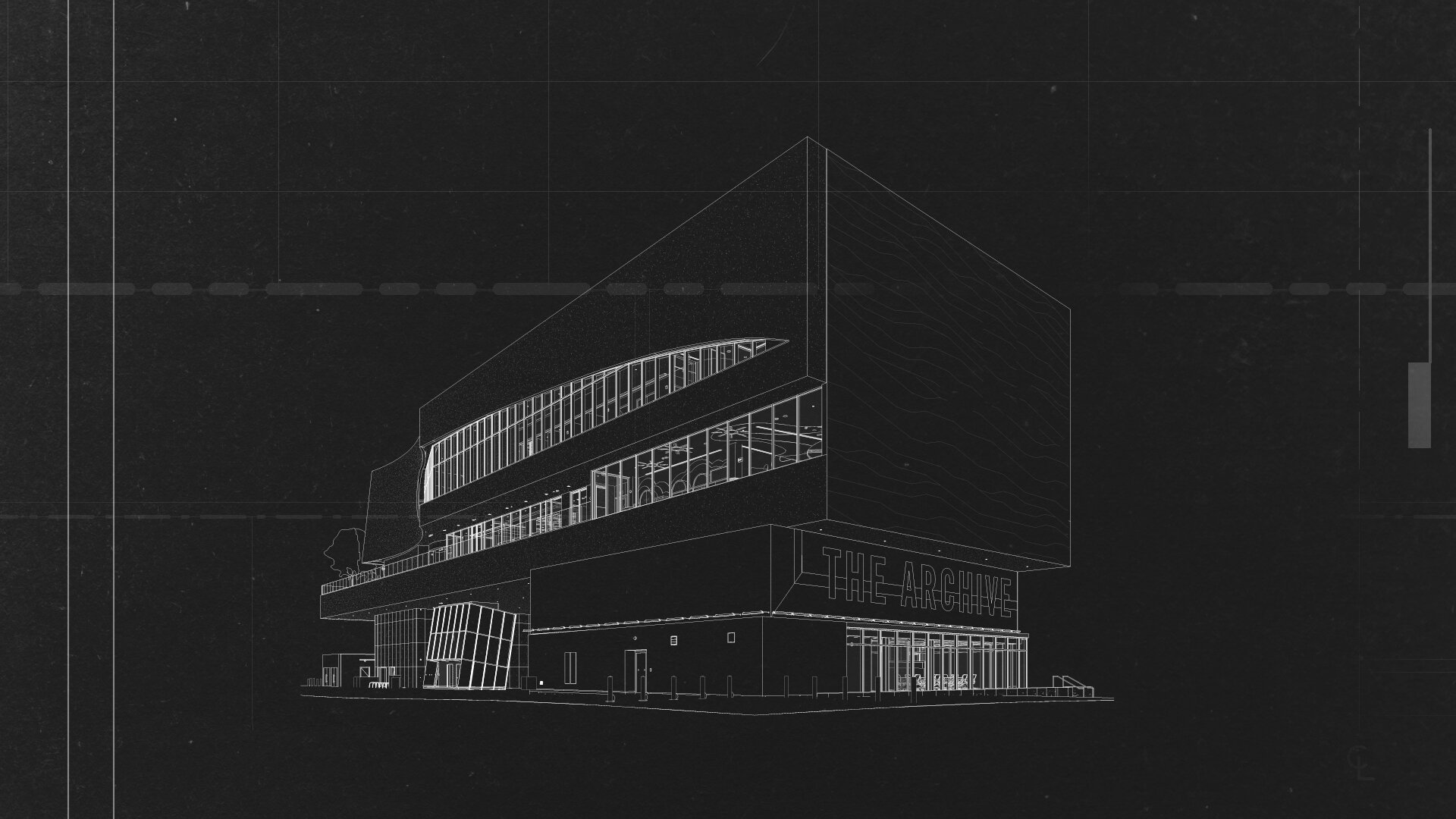BRANDED SERIES
How to Build a Library
Designing a web series about public architecture
ROLE: DIRECTOR / PRODUCER
Public libraries aren’t just buildings. They’re investments — often the biggest a community will make in decades. But while the planning and decision-making around library construction are technically public, most people don’t engage beyond a few comments at city council meetings.
When the architecture firm Johnson Favaro won the bid to design Riverside’s new main library, they wanted to shake things up. They hired me to create a short web series documenting the building’s journey from RFP to opening day, bringing the community along for the ride.
Challenges
Making It Engaging: Public projects are full of jargon. How could we make these videos snappy, fun, and easy for everyone to understand?
Keeping It Cohesive: The series had four videos, each covering a different phase of the project. How could we make each feel like part of one unified story?
Visualizing the Invisible: The first two videos, covering planning and design, were due well before construction ended. How could we tell a visual story about a structure that didn’t exist yet?
Wrangling Assets: The architects’ materials ranged from pencil sketches to PDFs. How could we unify these varied assets within a consistent visual style?
Exploration and Solutions
Discovery
The first step was getting the lay of the land. I visited the architects at their office in Culver City, and we discussed their goals for the library, the message they wanted to send, and the audience they hoped to reach. During these conversations, we chose to model our videos on the explainer format popularized by Vox.
They also handed me a treasure trove of visual assets: physical models, sketches, photos, renderings, and more. Together, we mapped out a production plan that included interviews, the groundbreaking ceremony, Riverside establishing shots, 3D model footage, and construction milestones.
Since two videos would reference Riverside’s architectural history, I partnered with the Riverside Library Archive to digitize historical maps and photos. These images became a key part of the series’ visual identity.
Brand Design
The building designers drew inspiration from Riverside’s architectural history, so I looked to their renderings for the series brand.
I used Adobe’s color picker to pull hues straight from the drawings and chose bold, blocky fonts to reflect the building’s shape.
I also borrowed line work from the library blueprints and layered them over paper textures to create a cohesive, hand-drawn feel for the motion graphics.






Filming
I began by filming key interviews and B-Roll at Johnson Favaro’s office.
Over the next two years, I made five trips to Riverside, filming everything from the groundbreaking ceremony to framing, electrical work, move-in day, and the grand opening.
Writing
With the interviews transcribed, I started writing scripts. Each video revolved around a big question; for example, “In the internet age, what makes a library worth the cost?”
To answer, I pieced together the best soundbites from my transcripts and wrote narration to connect the dots.
Post-Production
Editing and animation took place simultaneously. For every moment in the script, I asked, “What’s the best way to show this? Do I have the footage, or should I animate it?”
Animations brought abstract ideas to life. To add depth, I broke images into multiple layers in Photoshop and animated them in After Effects. Highlights included:
Turning a static site plan into an animation about the development’s impact on foot traffic.
Building an animated carousel from layered blueprint sections.
Using lights to create moving shadows over the library model, then matching those shots with drone footage of the actual building during framing.
Collaboration
This project was a team effort, with contributions from:
Steve Johnson and Jim Favaro, who shaped the vision as clients and interviewees.
Alexa Springer, my first contact with Johnson Favaro, the library staff, and contractors.
Angela Cardenas, who stepped in after Alexa moved on to a new job.
Moises Barba, Andy Laub, and Bread Truck Films, who provided additional cinematography.
Ruth McCormick, who helped me find historical images in Riverside’s archive.







